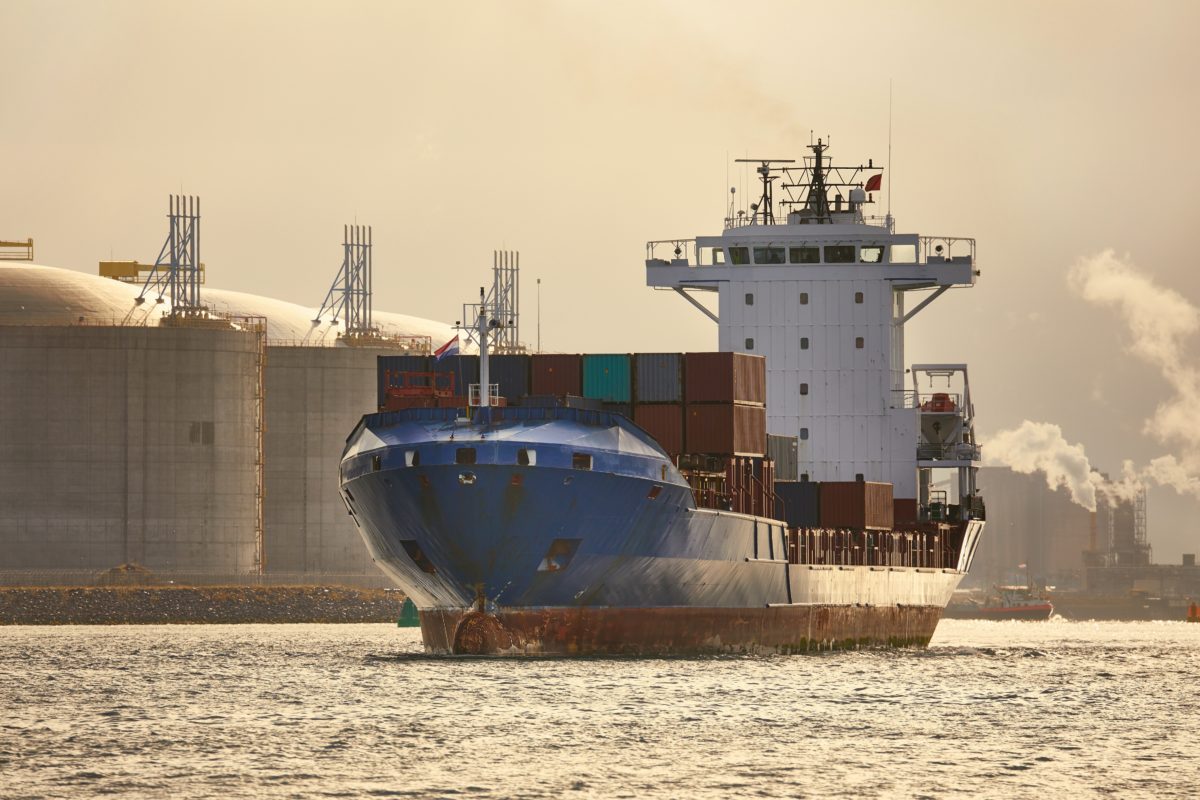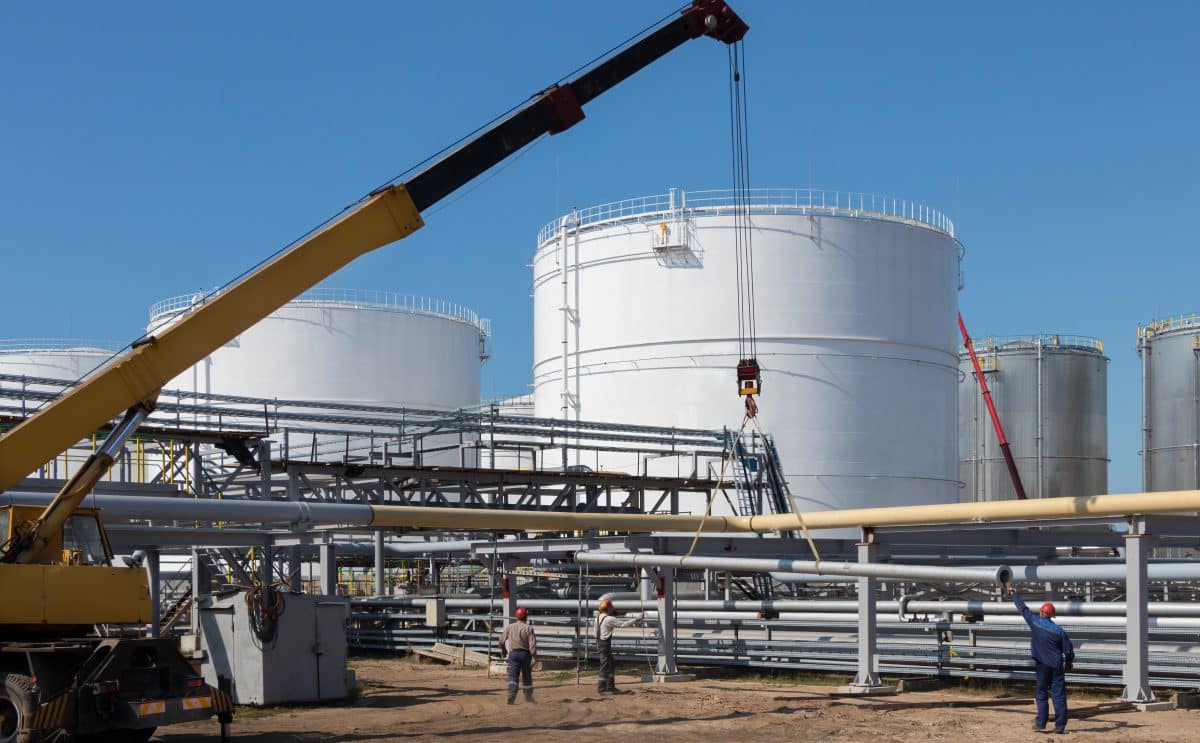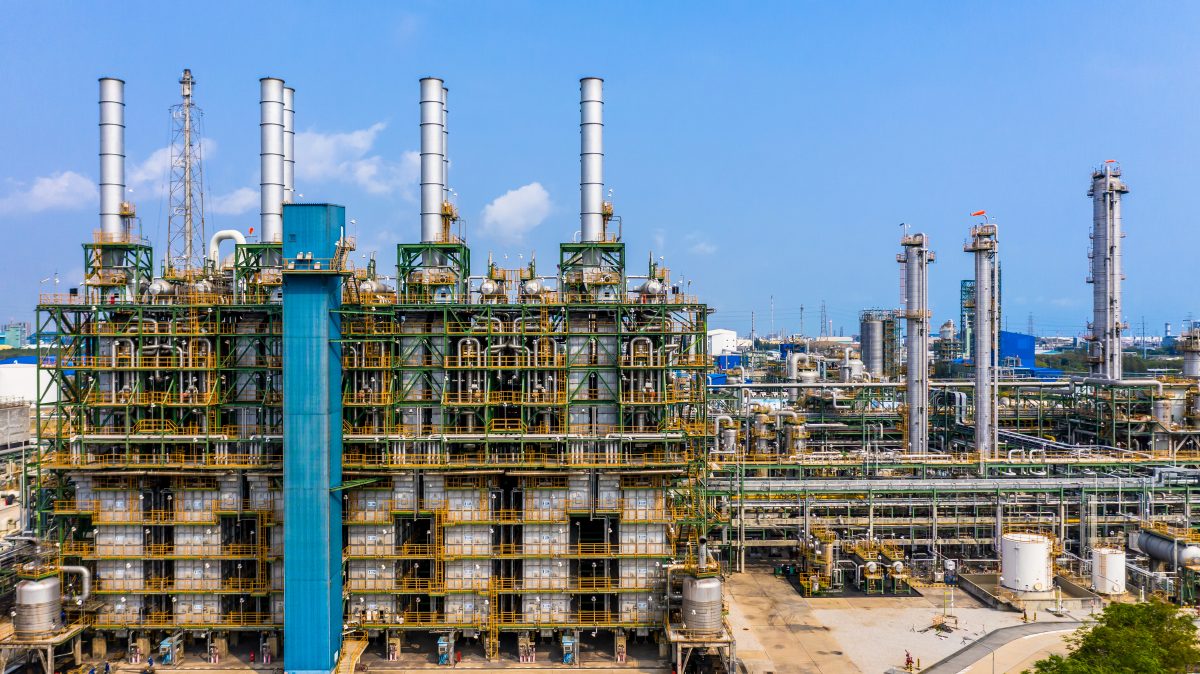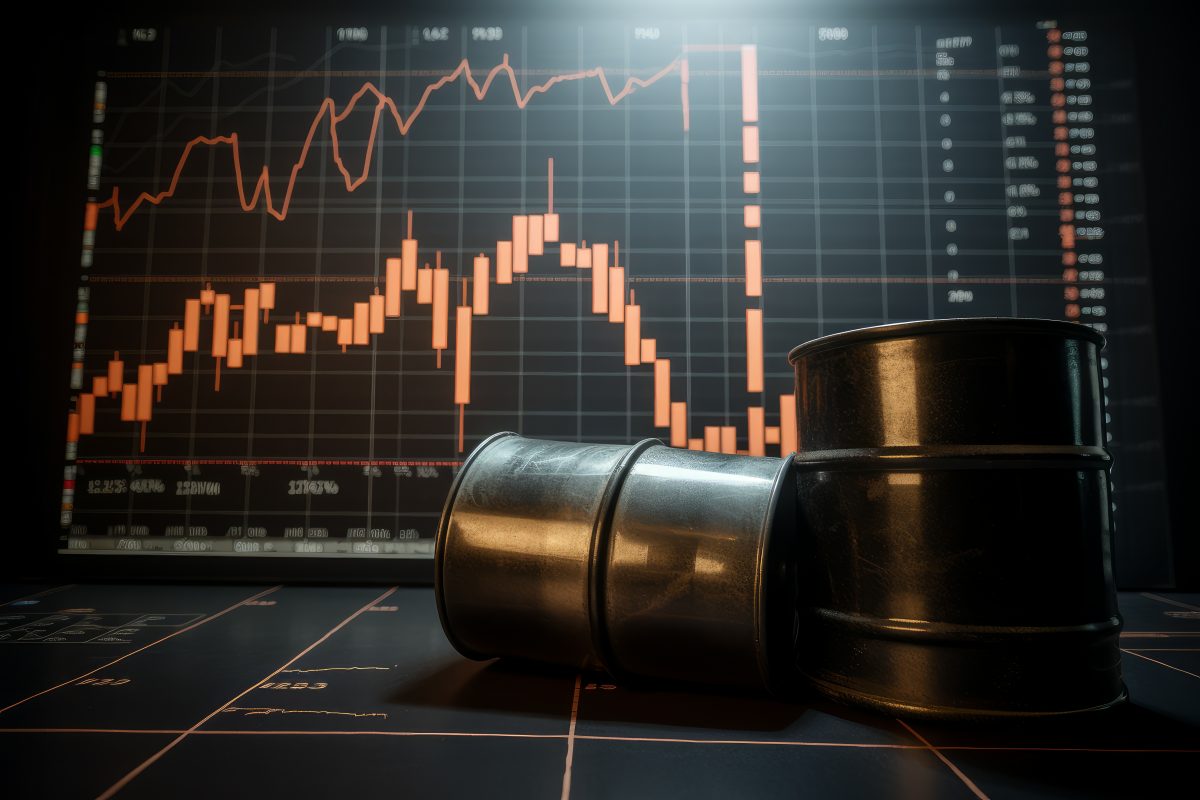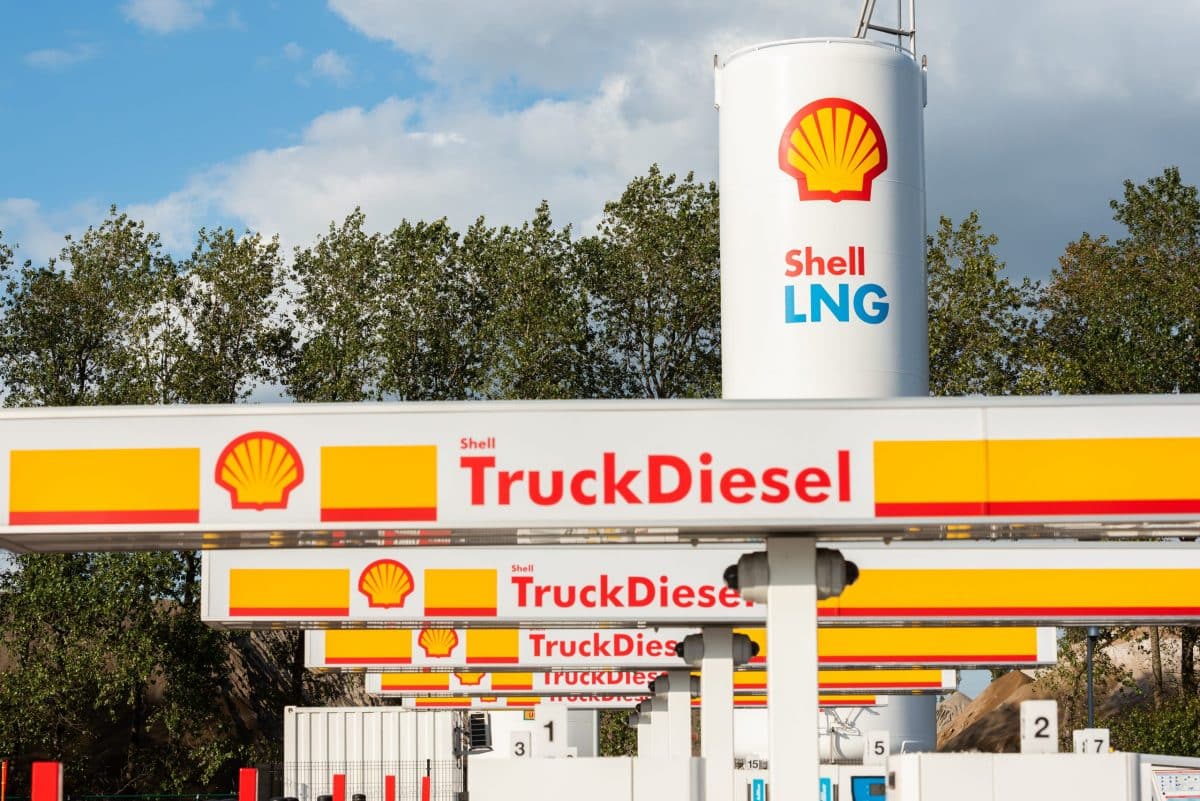Despite a slight decline in total cargo throughput, 2023 was a year of success for the Port of Rotterdam which is making significant strides in becoming more sustainable.
Last year saw major investment decisions that are contributing to making the port and the logistics chain to and from Rotterdam greener. The financial results were stable with revenues rising by 1.9% to €841.5 million year-on-year. This puts the port authority in a position to commit to further investments for a future-resilient port in the years to come as well.
Total cargo throughput in the Port of Rotterdam amounted to 438.8 million tonnes in 2023, 6.1% less compared to 467.4 million tonnes seen in 2022. The fall was mainly seen in coal throughput, containers and other dry bulk. Throughput rose in the agribulk, iron ore & scrap, and LNG segments. The decline was due to the ongoing geopolitical unrest, low economic growth and high inflation, as explained by the port authority.
“2023 saw ongoing geopolitical unrest, low economic growth due to higher interest rates and faltering global trade, all of which had a logical effect on throughput in the port of Rotterdam,” Boudewijn Siemons, CEO of the Port of Rotterdam Authority, commented.
“However, the year also saw many major investment decisions and milestones in the transition to a sustainable port. We made the final investment decision for the construction of the CO2 transport and storage project, Porthos. Construction work also began on the national hydrogen network in the port of Rotterdam. And we celebrated a number of significant developments in the logistics segment this year, such as the announcement of the expansions of the APMT and RWG container terminals, and the opening of the CER. All these developments will take us a step closer to a successful and future-resilient port and industrial complex.”
Progress on the energy transition
The definitive investment decision was made for Porthos in mid-October 2023. The Porthos system for the transport and storage of CO2 consists of an onshore pipeline running from Botlek through the port area to a compressor station on the Maasvlakte. From the compressor station, the CO2 pipeline goes to empty gas fields under the bed of the North Sea.
Most of this ‘backbone’ will be positioned in the existing pipeline strips. Valve or connection locations are planned at ten strategic locations to allow companies in the port to bring their captured CO2 into the system. Thanks to Porthos, 2.5 million tonnes of CO2 a year will soon be captured and permanently stored. CO2 storage is therefore a meaningful measure that will allow industry to contribute to the Dutch climate goals.
What is more, the construction of the national hydrogen network began officially in the port of Rotterdam on October 27. The network, which is open to all hydrogen suppliers and buyers, will soon be 1,200 kilometers long and it will provide five Dutch industrial clusters with access to green hydrogen.
Another initiative — the construction of the shore power installation for cruise vessels at the Holland America Quay — began in early June 2023. The Ministry of Infrastructure & Water Management, the Municipality of Rotterdam and the Port of Rotterdam Authority are providing the financing for the building work.
Boskalis commissioned a large-scale shore power facility at its Waalhaven location in November. Some of the DFDS vessels that dock in Vlaardingen have been supplied with electricity from a shore power installation since late 2023. Using shore power reduces emissions of CO2, nitrogen and particulate matter. It also reduces noise levels from ships significantly.
Last year, Distro Energy, a scale-up of the Port of Rotterdam Authority, was launched. Distro Energy developed an intelligent and fully automated trading platform that allows companies to trade the green energy they produce between themselves locally and to optimise consumption. Initially, the marketplace will grow over the next year, primarily with the arrival of users in the Rotterdam industrial and port cluster. They include not only customers and producers but also energy suppliers and grid operators.
The energy transition is generating a lot of demand for locations in the port area. The number of locations available for issue in the current port area is scarce. The Port of Rotterdam Authority is therefore making some areas around the Princess Alexiahaven suitable to accommodate new clients. Just under 10 million cubic meters of sand will be used to reclaim 85 hectares of land. Work began in July 2023 and it will continue until the summer of 2024.
In 2023, container terminals APM Terminals and Rotterdam World Gateway (RWG) announced plans to expand their terminals in the Princess Amaliahaven. Both terminals will be prepared for the use of shore power and will operate in carbon-neutral ways, contributing to the port’s overall sustainability goals.
Last year, the Container Exchange Route (CER) went into operation in Rotterdam. The 17-kilometer closed road network currently connects the container terminals of RWG, the Delta terminal of Hutchison Ports ECT Rotterdam (ECT), the terminals and depots of QTerminals Kramer Rotterdam (KDD, RCT and DCS) and the State Inspection Terminal of the Customs Authority. The CER is making a major contribution to security, integrity, efficiency and sustainability in the Port of Rotterdam.
In the years to come, more and increasingly larger container vessels are expected to pass through the Yangtzekanaal to the Maasvlakte terminals. To provide more space for the current vessels and also to allow the ever-larger vessels to pass each other properly, the navigable channel of the Yangtze Canal will be widened along its entire length in the years ahead. The first subproject began in September 2023 and it involves the construction of 500 meters of quay immediately alongside the entrance to the port of Rotterdam. Berths, including shore power, are being established at this quay for twelve tugs.
What to expect in 2024?
The Port of Rotterdam expects 2024 to be an unpredictable year due to geopolitical developments and upcoming elections in several countries. It is important in these turbulent times for the port to maintain a steady course and implement plans that will further the transition, the port said.
Construction work will begin on Porthos in 2024 and the development of the second conversion facility will continue. Investment decisions are expected for hydrogen plants, bio-refineries, the Maasvlakte-Zuid rail yard and the Princess Alexia Viaduct on the Maasvlakte.
Furthermore, new steps are being taken to establish shore power facilities for cruise vessels, container vessels and RoRo vessels, among others.
Work will also continue in 2024 on the deployment and availability of new, renewable fuels, and investments will be made in charging infrastructure for electric trucks to meet the expected demand for sustainable road transportation.
By Naida Hakirevic Prevljak / Offshore Energy, February 22, 2024

